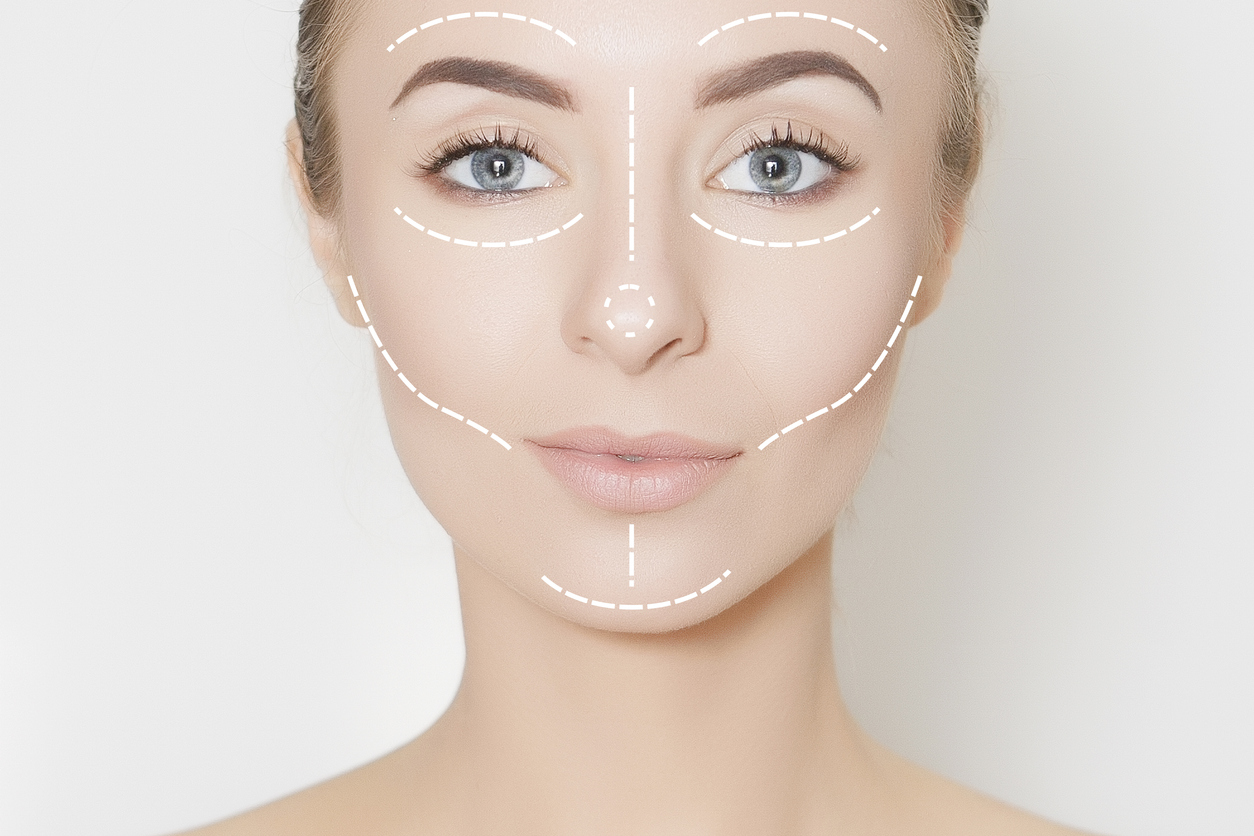The standards of beauty and attractiveness have evolved over centuries. From waistlines and rear-end sizes to skin tone and facial features, most trends have continually changed with the times. The trends also differentiate between countries and cultures. There are some aspects of attraction that have stayed the same over time. For example, men’s height has always been coveted as the taller a man is, the more likely he is considered attractive. Another consistent standard of beauty is the importance of facial symmetry, especially the symmetry of one’s eyes. This makes sense as someone’s eyes are generally the first thing one looks at on another person’s face.
What is Facial Symmetry?
Facial symmetry is when the left side of your face perfectly matches the right side of your face. This is rare as most people have some level of asymmetry. However, studies show that symmetrical faces rate more attractive than asymmetrical. This stands true across numerous cultures and over various periods. When you look in the mirror or at photographs of yourself, you will likely find some asymmetry. This is often found in the eyes as they are two distinct features on each side of your face. As compared to your nose and lips, which straddle your face’s center line.
What Makes Facial Symmetry Attractive?
Scientifically speaking, symmetrical faces are considered to be more attractive based on the “Evolutionary Advantage Theory.”
Simply put, if your face looks symmetrical, your genes have executed their job well. Anything less than perfect symmetry is an indication of some error in your genetic makeup. This slightly subconscious assumption can impact who someone thinks is attractive as humans often interact face-to-face with one another. While other factors determine attractiveness, such as personality, work ethic, and someone’s physical build, facial symmetry is a factor that impacts one’s attractiveness.
Causes of Facial Asymmetry
While asymmetry can occur due to gene development issues, and often does, other factors can cause asymmetry after one leaves the womb. Below you will find the common factors that impact facial symmetry.
- Sun Damage: Exposure to the sun can cause skin changes, including spots, patches, and moles. Sun damage rarely happens evenly on each side of one’s face. With that, the damage to your skin can cause asymmetry.
- Smoking: Research has shown that smoking exposes your face to toxins, which, like the sun, can cause asymmetry due to the damage caused to your skin.
- Aging: Natural aging causes asymmetry. Cartilage continued to grow as you age, meaning that your nose and ears will continually change as time passes.
- Lifestyle Habits: One of the most common lifestyle habits that can cause asymmetry is the way you sleep. If your head constantly lies against one pillow side, it will inevitably impact that side over time.
- Injury: Injuries like a broken nose, deep cut, or any other significant impact can damage one side of your face, resulting in asymmetry.
Procedures that Improve Symmetry
Because facial symmetry often focuses on the eyes, there are several procedures to improve the symmetry in one’s eyes. A consultation with an oculoplastic surgeon can help determine which one is right for you. The final plan depends on your specific eye asymmetry. Some people may have sunken eyes, issues with their upper lid, lower lid, or hollowness in one’s eyelids.
Oculoplastic Surgeon in Beverly Hills and Santa Barbara
Facial symmetry plays a large role in attraction and self-confidence. If eye asymmetry surgery interests you and you want to schedule a consultation, contact Taban MD. Dr. Mehryar Taban is a well-known and successful board-certified surgeon in southern California. He is one of the most trusted surgeons in the area, as he is highly educated and active in the medical community. He also teaches as a widely respected as a professor at one of the nation’s top universities, UCLA. Dr. Taban is a trusted surgeon who takes great pride in providing his patients with the highest quality care.

